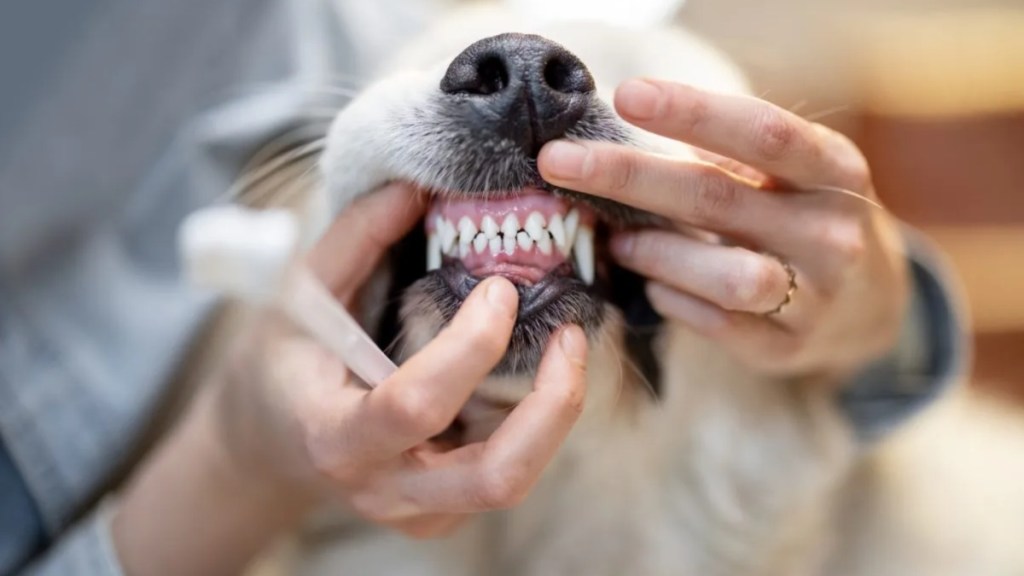Dog owners are being warned about a unique dental condition known as “shark teeth,” affecting around 7% of canines globally. Officially termed Persistent Deciduous Teeth (PDT), this condition emerges when a dog retains their baby teeth, leading to the presence of two sets of teeth occupying a single gum line. Moreover, this phenomenon could potentially lead to serious dental complications, including a misaligned bite, increased risk of bleeding, and periodontal disease — a severe gum infection.
Which dog breeds have ‘shark teeth,’ according to new research?
A study spearheaded by Corrin Wallis from Leicestershire’s Waltham Petcare Science Institute has pinpointed the dog breeds most at risk for developing “shark teeth” or PDT. Topping the list is the Yorkshire Terrier, with a significant 25.1% likelihood of experiencing this condition, closely followed by Toy Poodles and Malteses, each with a 14.8% risk, and Chihuahuas at 13.2%.
The study reveals a striking trend that smaller breeds are more prone to PDT, with Pomeranians, Shih Tzus, Dachshunds, Papillons, Miniature Pinschers, Miniature Poodles, Miniature Schnauzers, Pugs, and Brussels Griffons also at higher risk. In contrast, larger breeds such as Greyhounds, Rhodesian Ridgebacks, Great Danes, English Bulldogs, and Boxers showed a significantly lower prevalence.
The comprehensive study analyzed medical records from 2.8 million dogs in the United States over five years, revealing a 7% overall prevalence of PDT among canines. Notably, the likelihood of having PDT decreases with the increase in dog size, with 15% of extra-small dogs affected, while less than 1% of dogs heavier than 15kg experienced the condition. This suggests a potential genetic basis behind the susceptibility of smaller breeds to PDT — per the Daily Mail.
It is important for dog owners, particularly those with breeds identified as at higher risk, to ensure their pets undergo regular vet check-ups that include oral examinations. Early identification and removal of PDT — ideally by six months of age — can significantly mitigate associated health risks.









